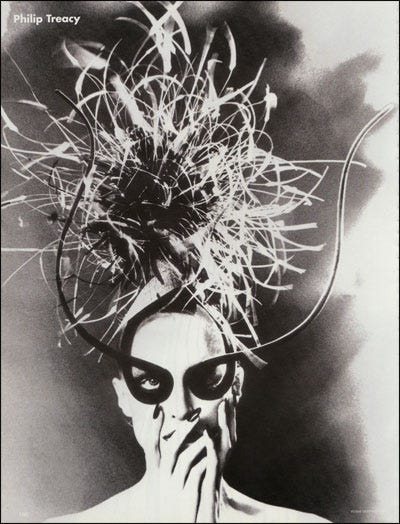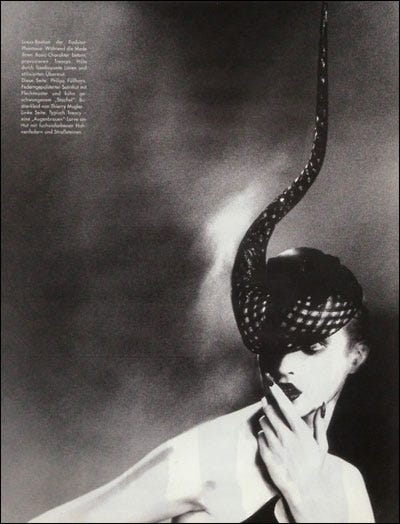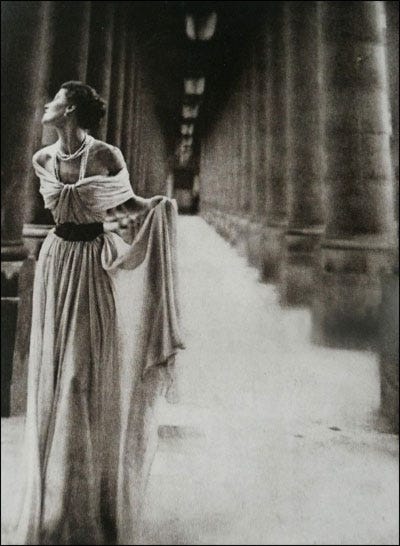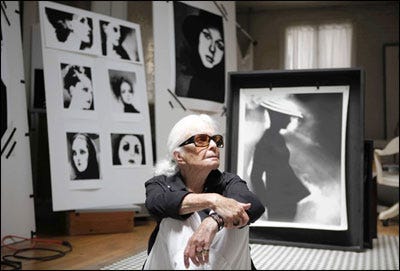Lillian Bassman, daughter of bohemian Russian-Jewish immigrants living in Brooklyn, she moved in with her husband, fellow artist Paul Himmel, when she 15.
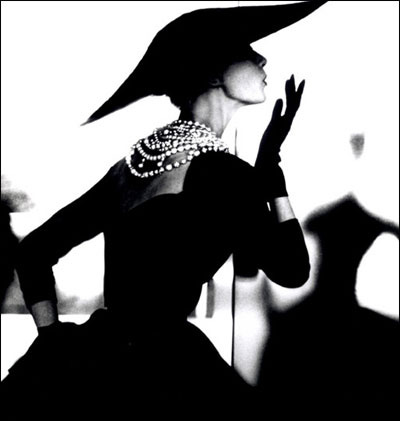
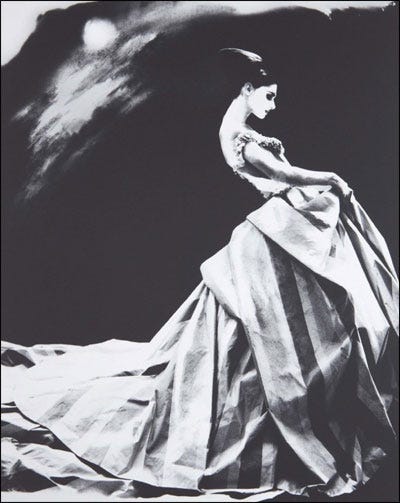
She developed a signature style, capturing dreamy black-and-white portraits of graceful models through experiments in the darkroom—cropping, toning, bleaching, and using gauzes and tissues to manipulate images until they took on the look of mysterious fashion illustrations.
“She makes visible that heartbreaking invisible place between the appearance and the disappearance of things,”
Richard Avedon
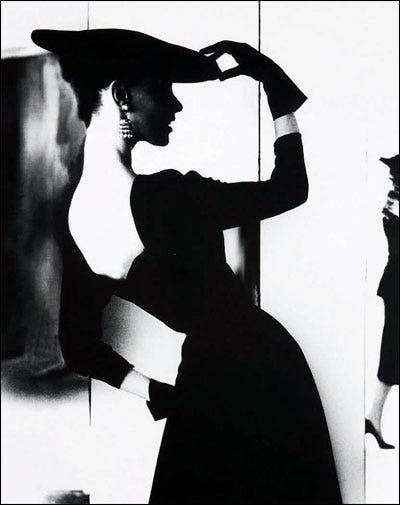

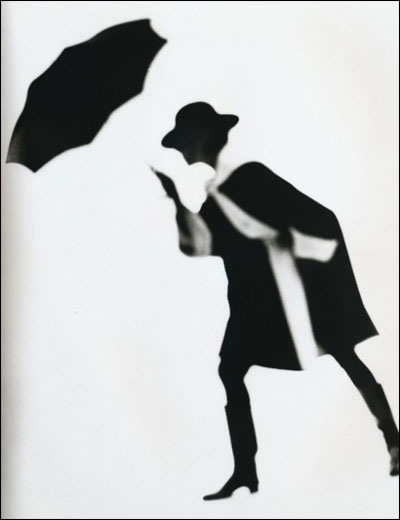
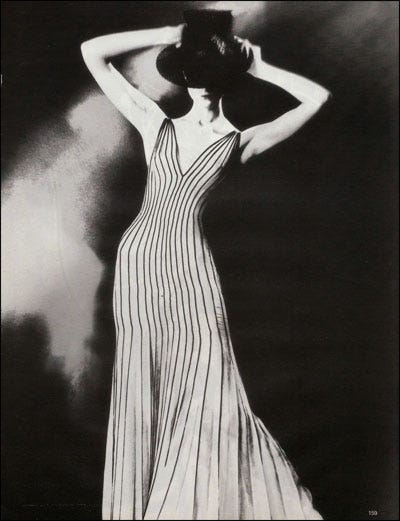
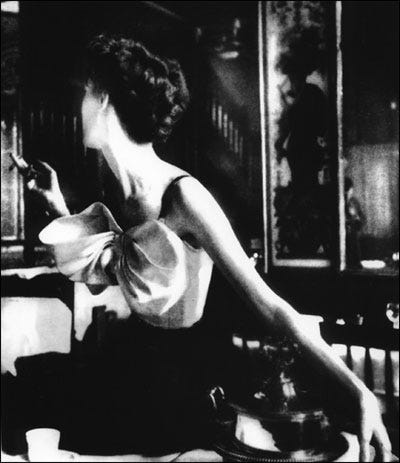
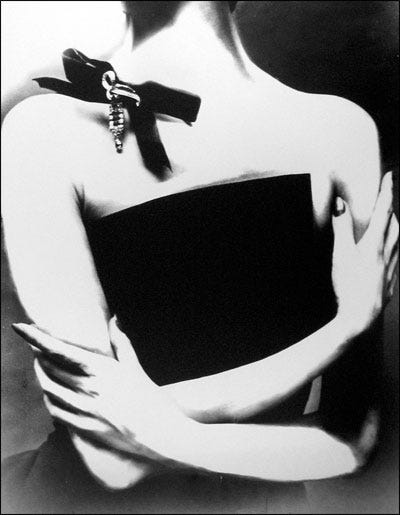
Bassman worked as an artists’ model and involved in political strikes of the era, she once picketed in the nude to protest arts financing cuts. Soon, she got a job co-art-directing Junior Bazaar, one of the most creative and experimental teen girl magazines that ever existed; which launched her fashion photography career, landed to Harper’s Bazaar.
Working on a spin-off of the magazine, she showcased the work of photographers like Richard Avedon and Robert Frank, artists who inspired her to explore the medium herself.
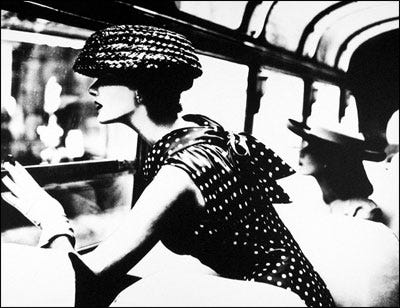
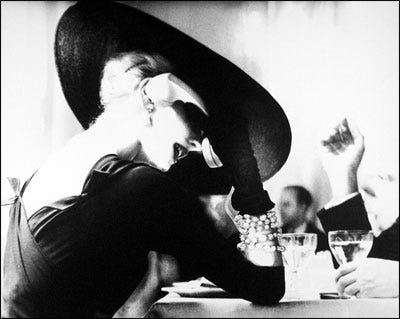
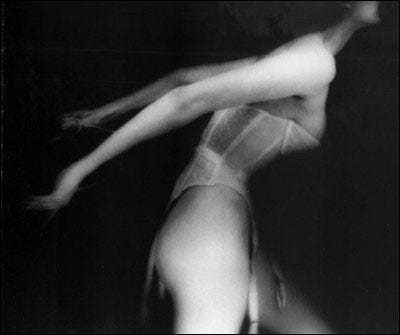
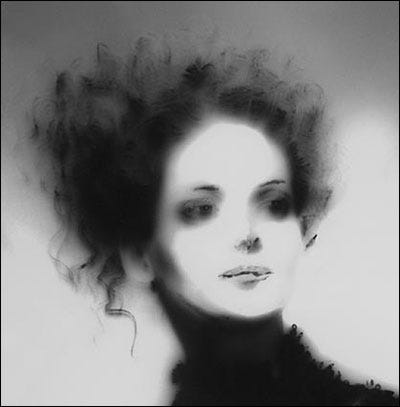
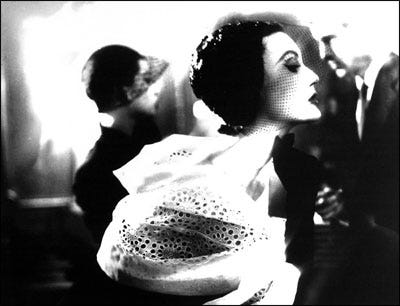
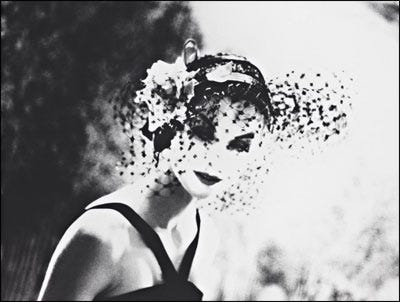
Lillian Bassman’s work as a photographer may have never been noticed by the art world if it weren’t for a trash bag full of her negatives that were found when she was already in her 70s.
